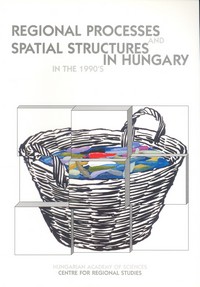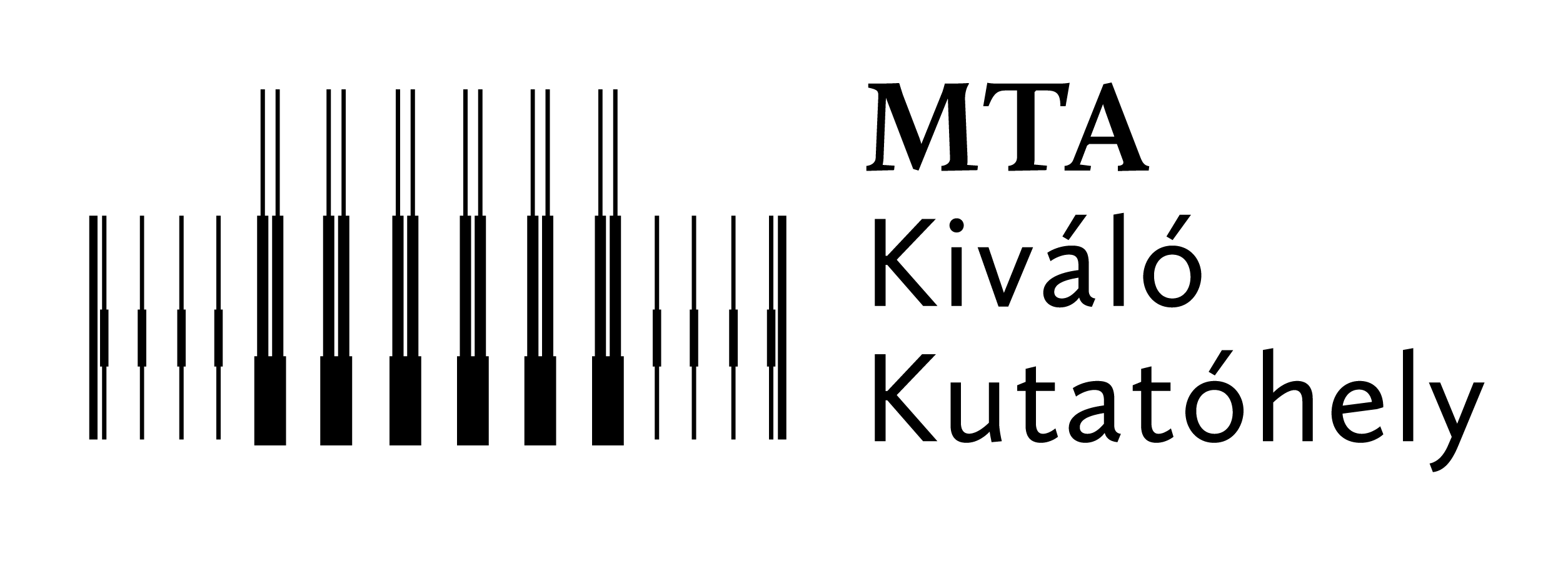 |
REGIONAL PROCESSES AND SPATIAL STRUCTURES IN HUNGARY IN THE 1990s
edited by:
Zoltán Hajdú
Pécs : Centre for Regional Studies, Hungarian Academy of Sciences
1999
354 p.
ISBN 963 9052 08 6
|
In Central and Eastern Europe, the 1990s are the years of the great socio-economic and political transitions and rearrangements. Both the relationships within the region and the external connections of the region as a whole have fundamentally changed. Within the region, Hungary is a rare example for an "organically transforming" country. During the time of the systemic change, no violent, revolutionary events took place. However, the ten years that have passed since the systemic change are not free from conflicts. The aim of the book is to give an overview of the versatile regional processes of the Hungarian economic, social and political transition. We could not examine he rearrangement processes of each sector, but we think that the regional problems of the most essential activities were given a proper attention.
The introduction of the neighborhood environment (East Central Europe) is also part of the book, in order to demonstrate the versatility of the former small socialist states (as opposed to the popular belief of many, which did not differentiate among the countries of the socialist block), as well as the induced effects of at versatility that have emerged in the transition period.
The regional consequences of the systemic change to a large extent derive from the differences of the previous structures. The political geographical situation of Hungary basically changed in the transion period. In addition to the new world political and European environment, a significant part of the Hungarian state borders are borders to new neighbour countries now, after the disintegration of the former socialist federations. The new political geographical environment received a basically new content after the NATO accession of Hungary.
The inner political and administrative rearrangements partly served the break down of the old structures and partly the construction of new ones. During the transformation of the institutional system of regional development, the preparation for the accession was already a major objective. The individual sectors (agriculture, transportation, communication, tourism, banking system and financial services, tertiary sector) found themselves in new rational conditions during the construction of the market economy. The territorial processes of the individual sectors showed specific features characteristic of given sector, also, the preparation for the accession to the Union has already started in these sectors, including the building out of new structures, part-financed EU funds. It is this period when the Hungarian economy actually returns to the circulation of the world economy. Foreign capital has acquired significant shares from the Hungarian economy, both by privatisation and by green field investments. In certain sectors of the Hungarian economy, a dominance of foreign capital has occurred.
The spatial structure of the Hungarian economy has significantly changed during the transition period. The recent ten years enable us to designate the territorial winners and relative losers in the transition. The regional tensions have not decreased in Hungary, on the contrary, they have become rather sharp at the level of the individual regions. The transition period, in the field of environmental protection, has only led so far to the assessment of the problematic heritage and the awareness of the dangers, instead of offering solutions for the problems accumulated during the decades. One of the most problematic elements in the Hungarian EU accession is the environmental situation of the country, and the demand for the improvement of the historically created situation. The book does not reveal all the territorial relevances of the transition, it is not an absolute inventory or a pre-accession structural register. However, it helps both the understanding of the territorial processes of the recent ten years and the integration of Hungary into the European Union.
Attached files

